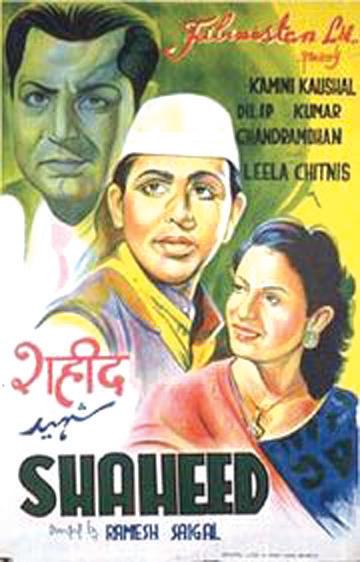
7 minute read
Mere desh ki dharti...
from 2010-08 Melbourne
by Indian Link
Of all the themes that govern its films, Bollywood’s best can be found in its patriotic ones
BY SHRADDHA ARJUN
What is the true meaning of being an Indian? This is a question that I have often pondered about. In a culturally diverse nation like ours it is really hard to stereotype our lot! What holds us together despite our differences is still difficult to fathom. However, there is some sense of harmony amidst the chaos, a method to the madness and that is the undying spirit of togetherness, brotherhood and optimism that keeps us going. Indian cinema has always been a reflection of our society, aspirations and dreams, of current issues and achievements as they unfold. And when it comes to what we call ‘patriotic’ films about our heroes and great leaders, there has been nothing short of greatness and cinematic excellence.
When choosing my list of top ten films in this category, I found it hard to rate them. It would be unfair to rate one better than the other. With a change in technology and circumstances, films made about patriotism are different and deal with issues that are not always the same.
So here’s a host of films to choose from, epics that have received appreciation and accolades from all over the world, and which have touched the hearts of millions of Indians.
10Upkaar The genre of patriotic films as we know it cannot be separated from that living legend of Indian cinema, Shri Manoj Kumar. In 1965, when the then Prime Minister Lal Bahadur Shastri asked him to create a film based on the slogan Jai Jawan, Jai Kisan, Manoj Kumar made his magnum opus Upkaar (1967). It marked his directorial debut and won him four Filmfare awards, the second Best Feature Film National Award and the BFJA award for best dialogues. The film had great music composed by Kalyanji –Anandji and the song Mere desh ki dharti, sung by Mahendra Kapooor became immensely popular, akin to an anthem. The song is still popular and is played on occasions like the Independence Day and Republic Day, and at several functions and ceremonies in India. The film was made soon after the Indo-Pak war of 1965, and captured the spirit and mood of the Indian audience, making it a box office hit as well.
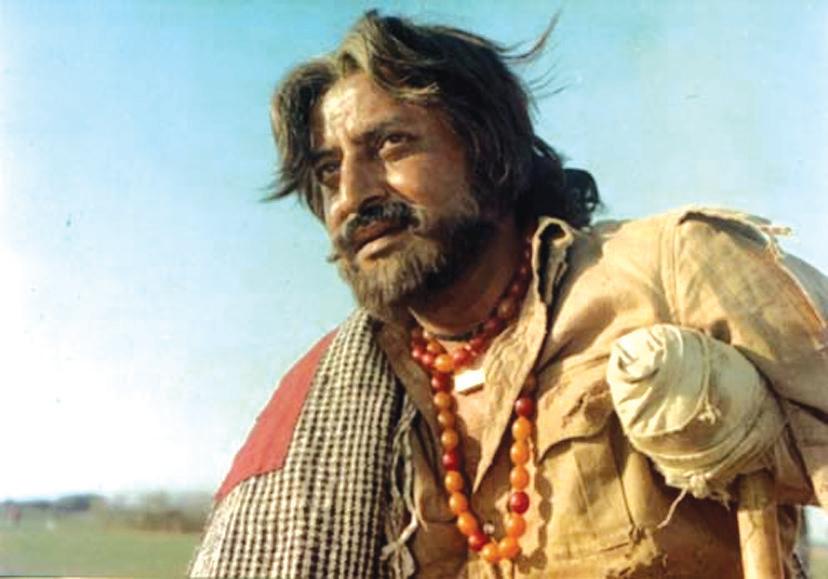
9Lagaan A deadly combination of rebellion against the British raj and of cricket, the movie instantly hit the right chord with its Indian audience. Set in the Victorian period, the story revolved around farmers from a barren land who were oppressed and forced to pay high taxes imposed by the British. To resolve the issue a senior officer decides to cancel their taxes for three years if the village team beat them in a game of cricket. What happens eventually, is now history. This film made us proud; indeed it made it all the way to the Oscars, losing only to the best in the category. With a formidable combination of Aamir Khan, AR Rahman and Ashutosh Gowarikar, it was a complete entertainer with the right dosage of fun and drama that kept the audience unmoving and on edge, even through its rather lengthy climax. Made with great grandeur and skill, this film is an absolute delight to watch irrespective of one’s age, nationality or social status.
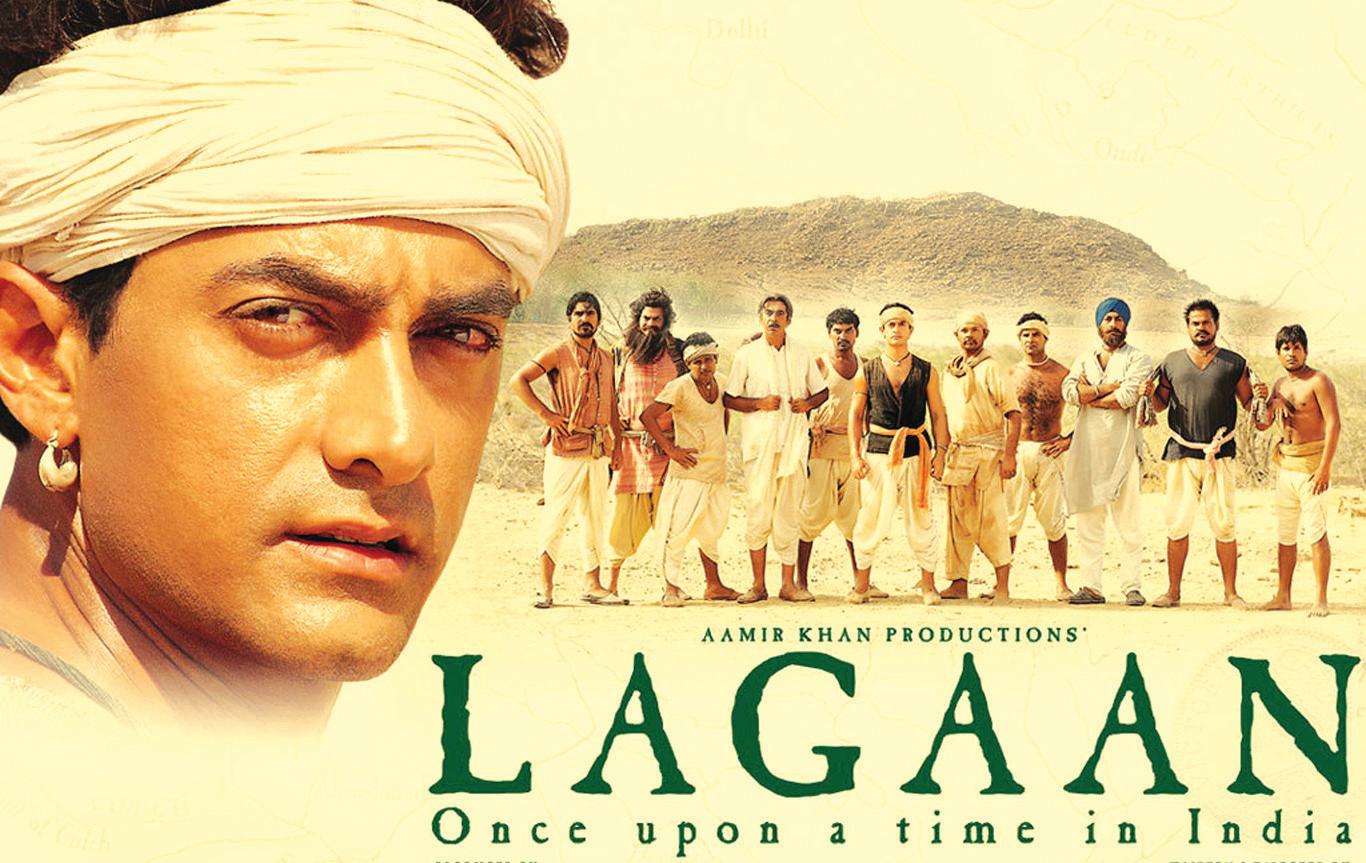
8Mother India In what some say is Nargis’ best performance as an actress, this film is in the league of timeless Indian classics. It was also nominated in the Best Foreign Film category at the Oscars in 1958. The central character Radha, portrayed by Nargis, was a representation of
A deadly combination of rebellion against the British raj and of cricket, Lagaan instantly hit the right chord with its Indian audience the Indian woman in relation to a then newly independent nation. It juxtaposed moral and traditional Indian values against modernisation and technical advancement of Indian society. It also brought rural life to the forefront, and was able to capture the true essence of India as it was in that era.
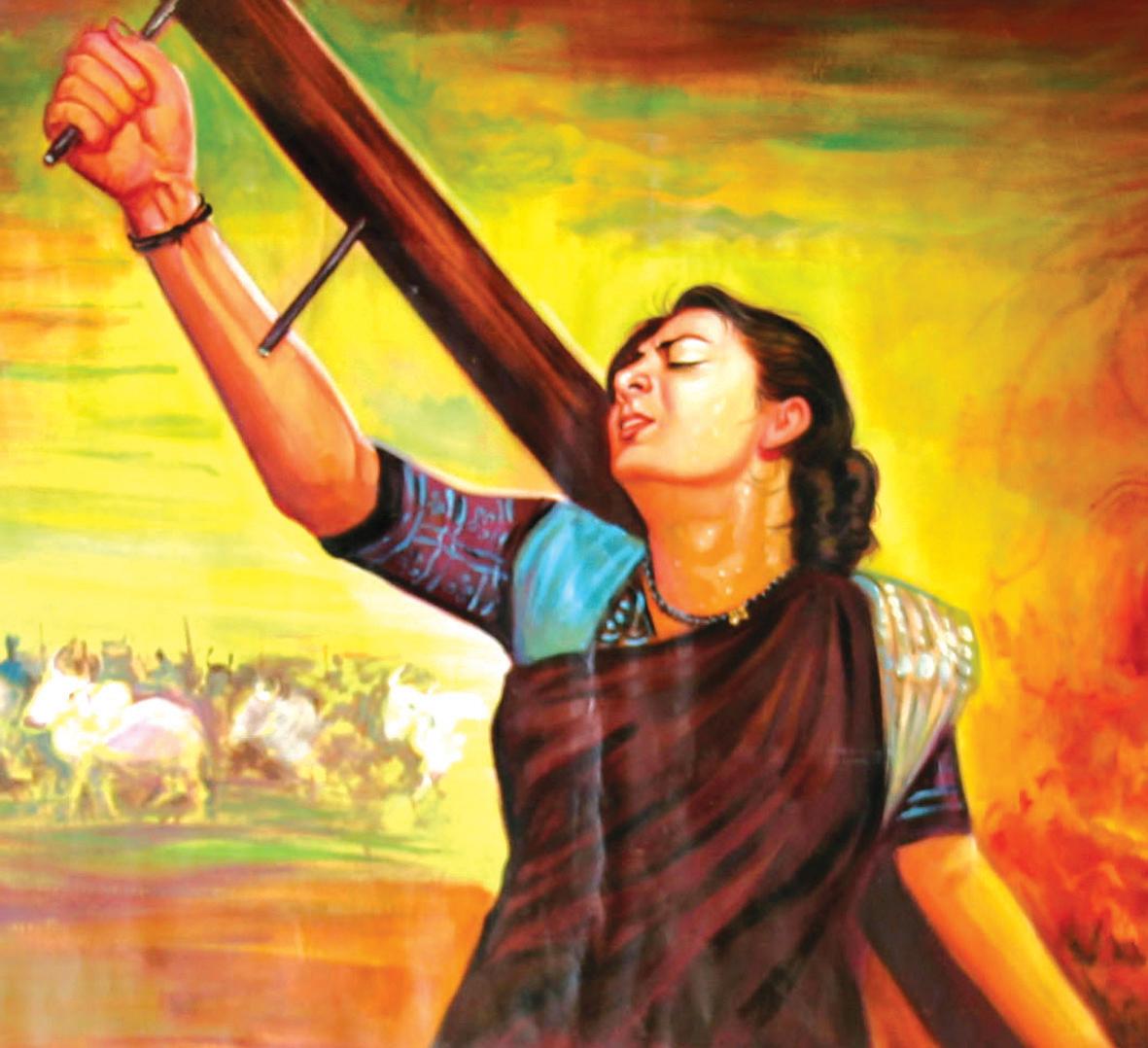
7Swades
This film might have been a fiasco at the box office, but in my opinion, it is a very honest movie made with great conviction and sincerity. It explored the infamous issue of Brain Drain and the growing shortage of knowledgeable minds and geniuses in India. The central character played by Shahrukh Khan was unlike any role he had ever done in his career. His earnest attempt in the role of a successful Indian scientist was noteworthy and heart-warming. The simple story is of an Indian scientist who decides to come back home for good, following a short stay with his nanny and the village folk where he rediscovers his roots. The film criticizes discrimination based on the ancient caste system and also tackles issues of imbalanced growth and development in modern day. The songs composed by AR Rahman are hummable and became chartbusters eventually. But despite critical acclaim, the film didn’t go too far with the Indian audiences.
6The Bhagat Singh Movie
Marathon Numerous films have been made portraying the life and struggle of this freedom fighter who gave his life up for his nation. The spirit of rebellion, anger, youthfulness and tragedy in the life of the character seems interesting and inspiring to many filmmakers. Manoj Kumar’s image as a patriotic hero started with the film Shaheed (1965), where he played the role of the martyr who fought relentlessly for India’s freedom. A recent depiction if Gandhiji approved of the death of Bhagat Singh or not, but these films don’t enter into controversies. Instead, they concentrate on the fight against oppression, empowering citizens and freedom from bondage. Some issues raised are relevant even today.
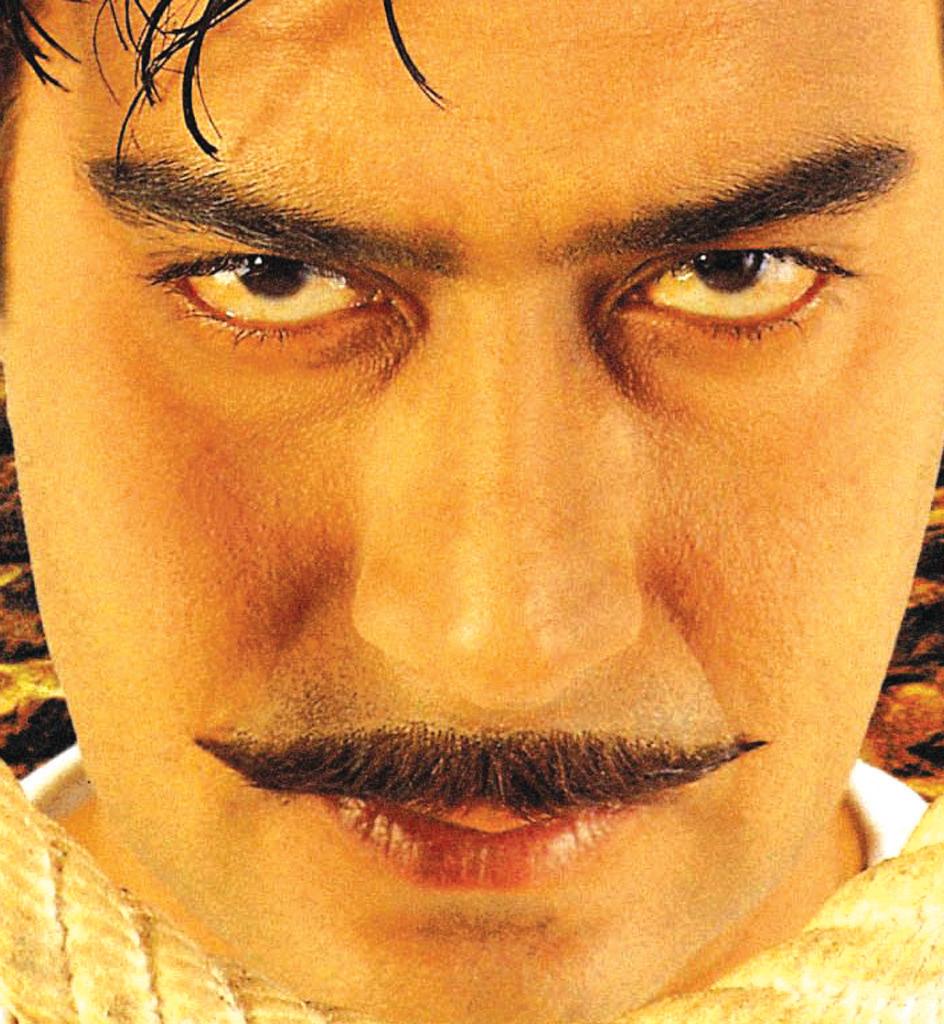
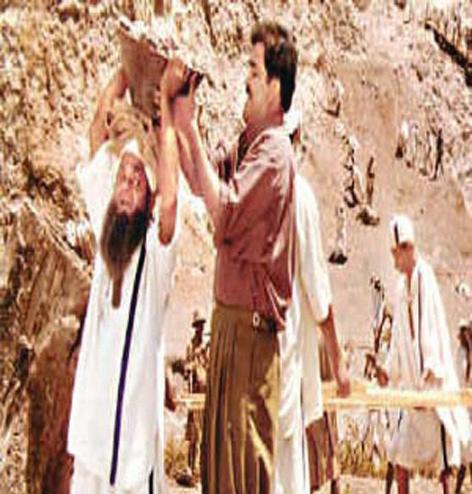
5Rang De Basanti This film is about awakening and the spirit of rebellion that transcends time and age. The story has various montages of rebellious freedom fighters who opposed the British rule, and sets the base for what happens later on in the movie. Sue, a British filmmaker, decides to make a film about Bhagat Singh, Chandrashekar Azad and their fellow contemporaries in the struggle for independence. She decides to get some students of Delhi University to act in it. As the plot thickens, these students find themselves in a similar situation, entangled in a lifestyle that is self-centred and materialistic. In the end, these youth decide to take the law into their hands, creating a very suggestive and controversial point of view. The characters are played by Aamir Khan, Soha Ali Khan and many other lesser-known actors. The music composed is commendable, managing to convey the true spirit of the film, and instantly appealing to the young.
4Border
Movies made about war are always the greatest examples of patriotic films and this Bollywood venture is an epic tale of young soldiers and conflict. The film is loosely based on The Battle of Longewala fought in Rajasthan during the Indo –Pakistan War in 1971, and also draws references from the Bangladesh Liberation War. The story revolves around 120 soldiers of the Punjab Regiment headed by Kuldip Singh Chaudhpuri, who
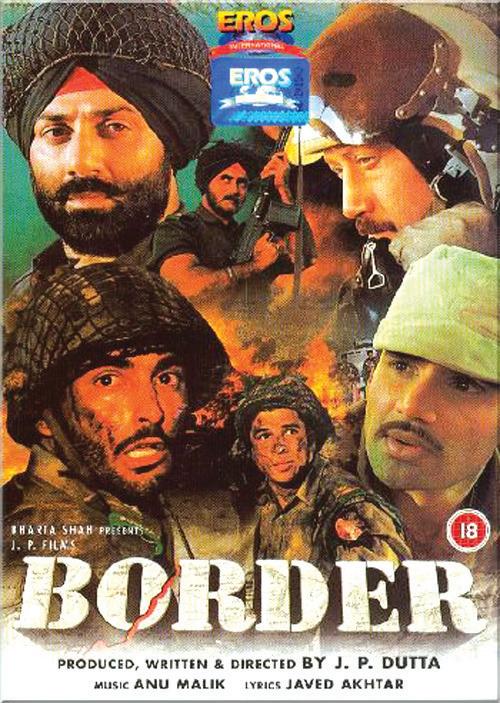
3Chak De India extremist, and he is sent to Kaala Paani. Serving his term in jail he is exposed to the various atrocities inflicted British authorities and starts to empathize and strongly support the rebellion to overthrow the British Raj. Musical genius Illayraja did the musical honours and the cast included Tabu, Mohanlal, Amrish Puri, Annu Kapoor and Prabhu, to name a few. Shot brilliantly in the locales of Port Blair, this film is a visual treat and was recipient of the National Award for Best Art Direction (Sabu Cyril) and National Award for Best Cinematography (Santosh Sivan).
A successful film about sport, it broke all the clichés of a hit Bollywood film’s so-called ‘formula’. Firstly, it was about the nearforgotten sport of hockey, and secondly, about the women’s team. The cast had entirely new and young actresses and no song and dance routines, but it did have Shahrukh Khan, minus his glam image! It broke box office records too, in the same fashion. It looked into the pathetic condition of sport in India and how women’s teams are often ignored and not taken seriously. The film was all about what some may call ‘Girl Power’. It didn’t involve girls from a particular demographic, but had characters from diverse cultural, social and financial backgrounds.
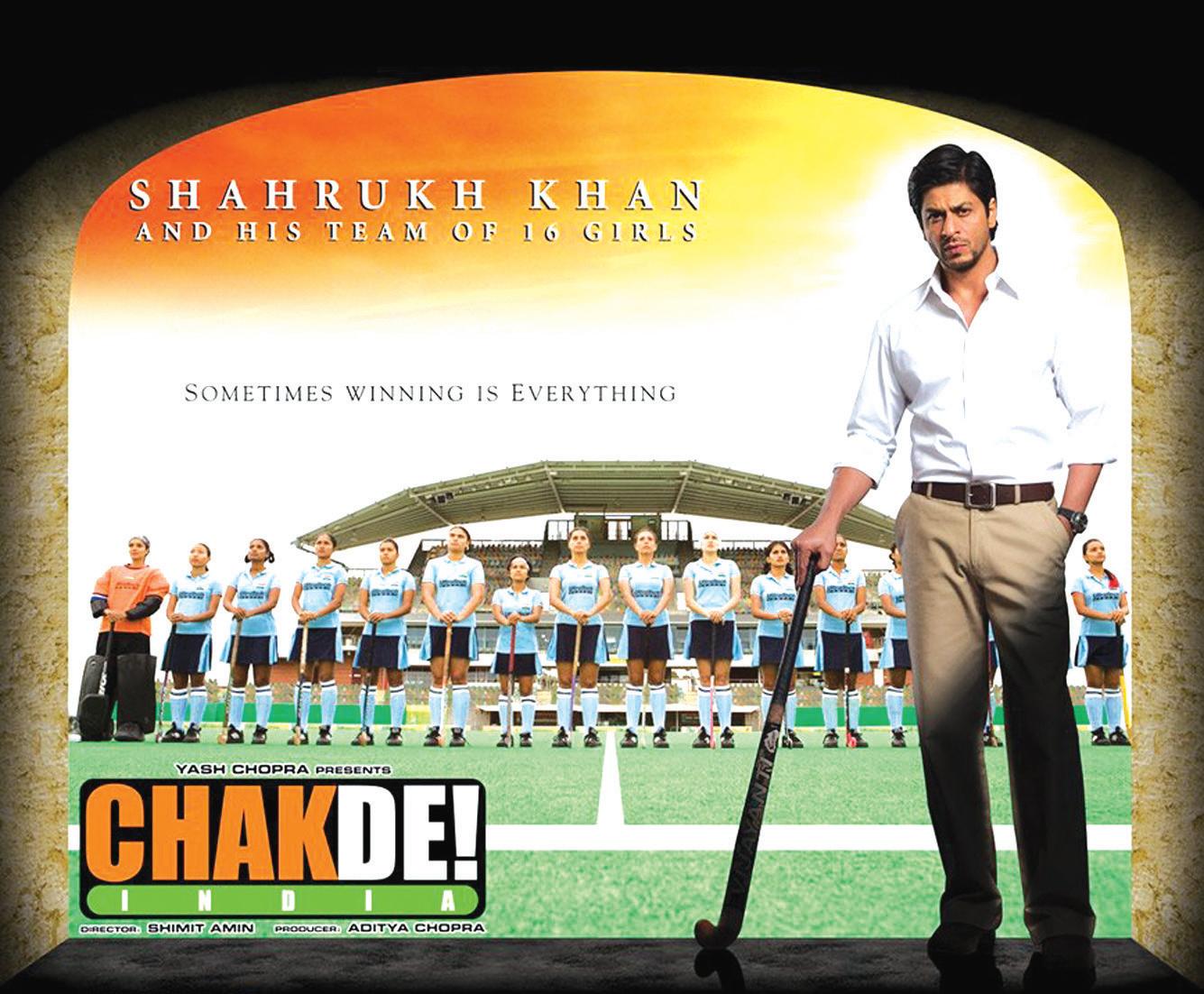
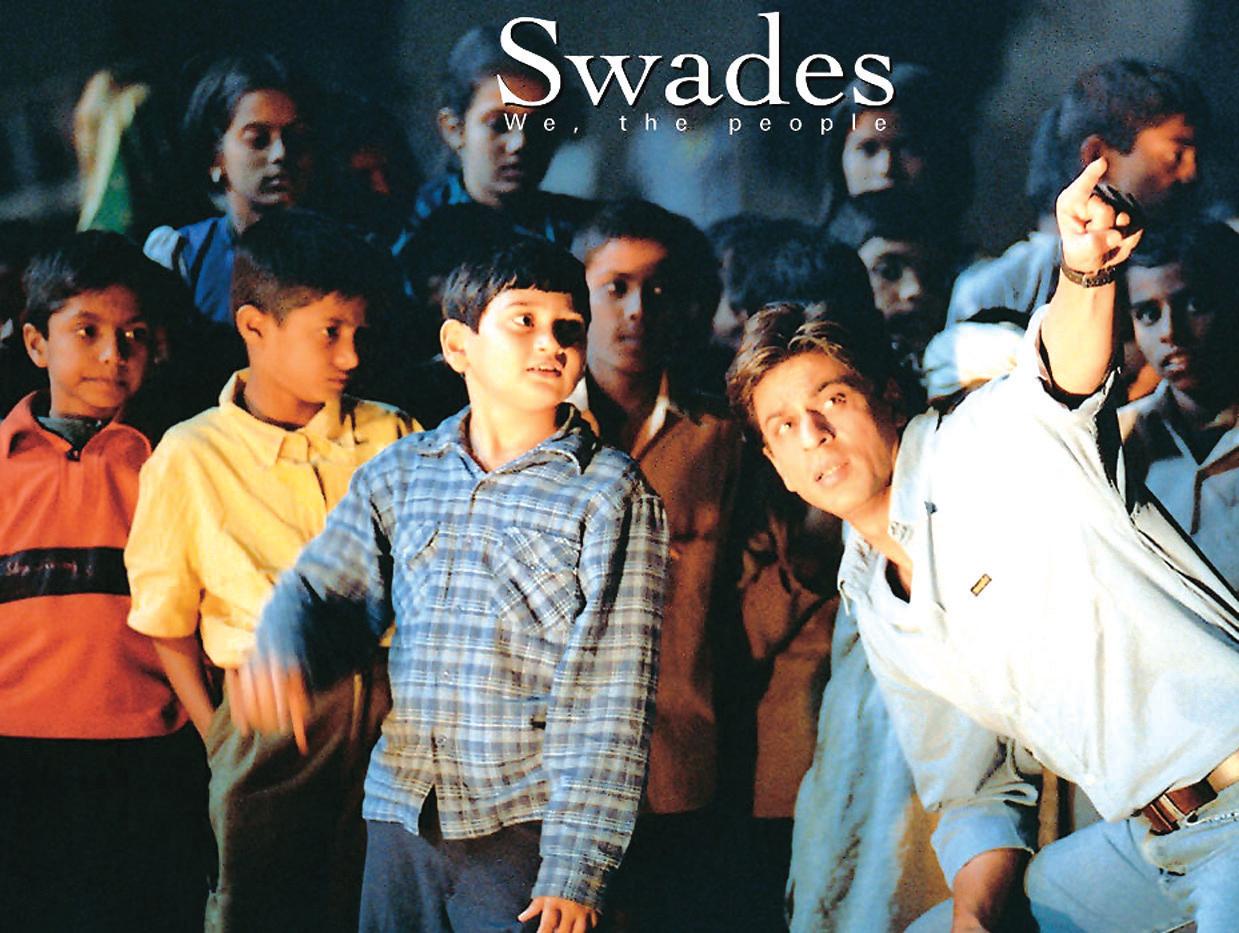
The film drew inspiration from the women’s hockey team that won the Commonwealth Games that year. It was not a film that pointed the finger of blame at anyone, nor was it a sob story about suppressed women. It had a refreshingly novel approach to the subject in hand and although not wholly patriotic, the film did relate to unity in diversity, tolerance and brotherhood.
2Sazaa e Kaala Paani This multilingual film by Priyadarshan delved into the dark truths about lives of prisoners in a cellular jail in Kaala Paani, and island in the Andaman and Nicobar Islands. The film had a lukewarm response in the North, but received a lot of critical acclaim and was a hit down South. The story evolves around a doctor played by Mohanlal who is wrongly accused of being an
1Shaheed My pick for most patriotic film, has got to be Shaheed, perhaps one of the oldest films made about Indian Independence way back in 1948. It is a great example of the quality of cinema of the period, the nationalist movement and the talent of the central character, played by Dilip Kumar. The film was also the last screen appearance of actor Chandra Mohan, a regular in any of V Shantaram films in the late 1930s. The songs of the films were very well received and were composed by Ghulam Haider. Some like Watan ki raah men watan ke naujawan shaheed ho and Badnaam na ho jaaye mohabbat ka fasana are still afresh in minds, even nearly 60 years since its release. And of course, there are other noteworthy films. To be honest, Richard Attenborough’s Gandhi would be one of the best examples of patriotic films, but it is not Bollywood made. The underlying theme is what one must look at in these films, which could be pride in being Indian, willingly accepting challenges and working towards the good of the country and community as a whole. In this day and age where violence and corruption are rampant, these films play an important role towards bringing in a positive change and attitude into society, in addition to successfully entertaining the masses.
